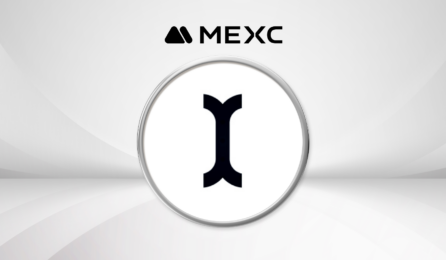
The price of wheat may be about to go up in 2020
- Huge demand around the world due to stock-piling
- The industrial slow-down could see less demand
- Record wheat production expected this year
Wheat is one of the most consumed cereals across the planet. It is difficult to imagine life without pasta, bread, and the other products made from wheat. Let’s discover if the price of this essential commodity is on the way up or down in 2020?
The current price
Copy link to sectionWheat has been rising impressively in 2020. It is quoted in US Dollars per metric ton. At the time of writing, it is at $221.93 (£178). In August of last year, it fell as low as $181.15 (a little over £178) and at the start of 2017, it was under $142 (just under £110).
However recent highs has seen the price of wheat climb to over $236 (£190) in 2018. This is all paints the picture of a volatile commodity that moves in a very wide range of numbers.
You might also see the price given per bushel. The current price is $5.69 (£4.58). The trend is the same as what we just looked at, though.
What factors do we need to take into account?
Copy link to sectionWe now need to understand what factors cause the price changes in this commodity. Demand is certainly one of the big issues. Recently, millions of people in different countries have been stockpiling flour and pasta because of the quarantine restrictions imposed on them.
In the UK, sales of dried pasta went up by 55% in a week as the coronavirus outbreak intensified.
Wheat investing is in demand in virtually every part of the planet, as it is a staple ingredient in many of the most popular foods around the world. The fact that it can be grown in many countries and in different kinds of climate means that the supply tends to be less affected by adverse weather or other local factors.
Indeed, the International Grains Council has reported that 2020/21 should see a world record amount of wheat production. 769 million tonnes should be harvested this year, with India and China increasing their numbers substantially to boost the worldwide total by 2 million tonnes.
The FranceAgriMer agency recently reported a continued lift in French wheat exports, as global demand for the crop remains steady. A similar story is told in other places, as demand for wheat grows more than ever before. There are also reports of North African stockpiling large supplies of wheat now.
What might happen next?
Copy link to sectionThe last dramatic rise in wheat prices came in 2010/11 when the price more than doubled as Russia suffered a drought and a weak rouble. However, the fact that there is now wheat production in more parts of the world means that a situation like this is now less probable.
The longer that lockdown restrictions go on, the more demand should rise for wheat. It is part of many of the basic foods that people simply can’t imagine living without. Yet, the shutdown of many
factories in Italy and elsewhere means that there is less capacity for turning wheat into pasta, flour, bread etc.
It could that these end products get more of a price boost that wheat itself in the coming months. At the moment, the cost of wheat looks to be on the high end of the scale. This has also risen the interest in wheat stocks of companies that are somehow related to this industry.
These are unpredictable times with many factors to take into account, but it is possible that we have already seen the most impressive rises in wheat prices for this year. Don’t expect a dramatic collapse, though, as a period of steadier prices seems the likeliest outcome.







